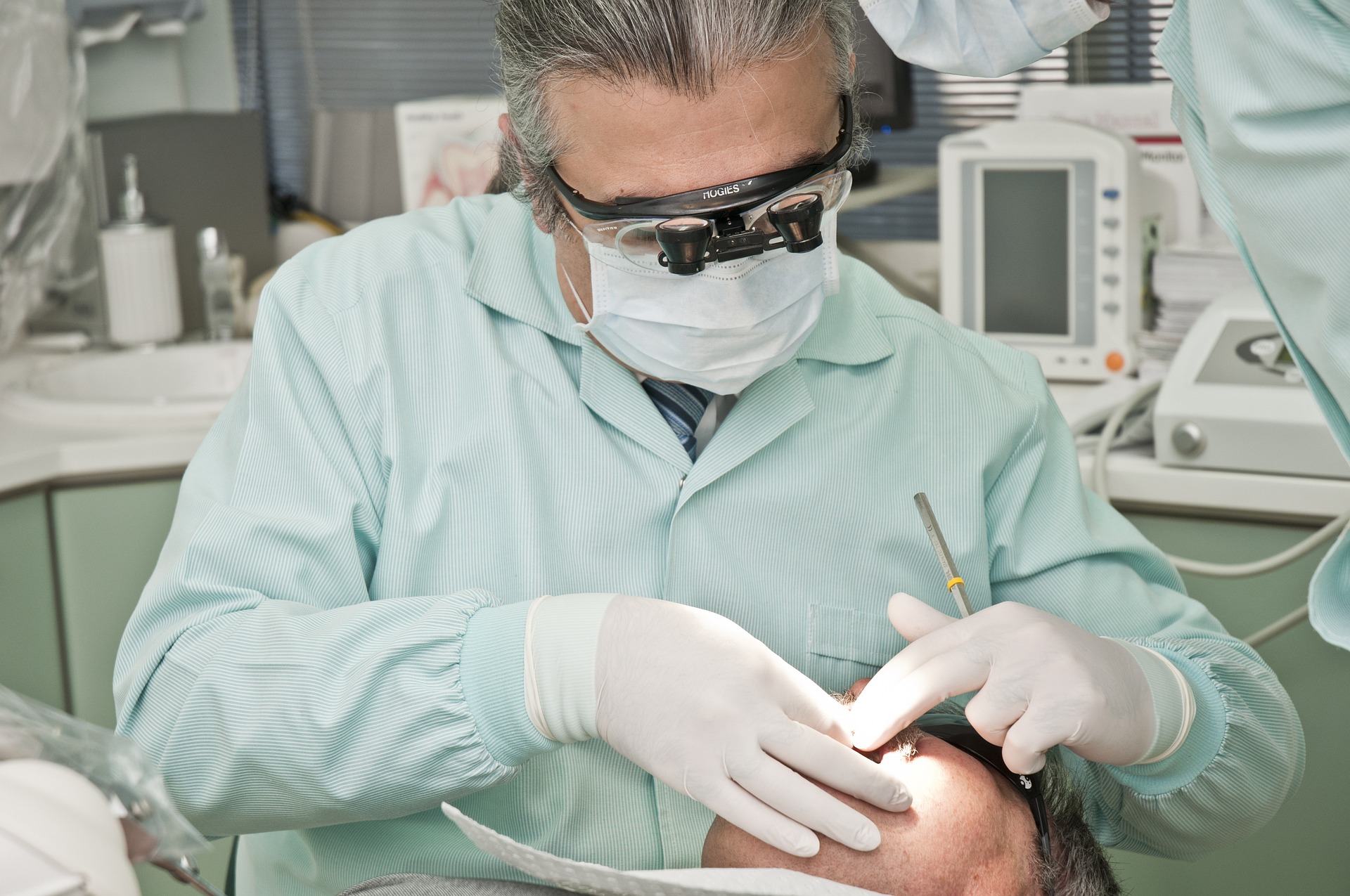Breast Lift (Mastopexy): Your Complete Decision Guide
Thinking about a breast lift (mastopexy)? This comprehensive guide explains who benefits most from the procedure, what recovery looks like, typical price ranges and insurance considerations, and potential risks. Learn candidacy criteria, expected timelines for healing, cost factors, and safety tips to help you make an informed choice about a breast lift.

A breast lift, medically called mastopexy, reshapes and repositions breasts that have become pendulous or lost firmness. It’s designed to elevate breast tissue and adjust nipple placement to create a more youthful contour. This article reviews who typically benefits from a lift, what to expect during recovery, how much the operation usually costs, possible complications, and tips for selecting a qualified surgeon.
Who is an Ideal Candidate for Breast Lift Surgery?
Mastopexy is most often pursued by people whose breasts have sagged due to pregnancy and breastfeeding, significant weight changes, natural aging, or genetic laxity of skin and tissue. Good candidates are generally in overall good health, maintain a stable weight, and avoid tobacco use because smoking increases healing risks. Equally important are having realistic expectations and accepting that scars are a permanent outcome, though they typically become less noticeable over time.
During a consultation, a plastic surgeon will assess skin elasticity, breast size and shape, the position of the nipple-areolar complex, and your medical history. If you plan on future pregnancies or expect major weight fluctuations, surgeons commonly advise postponing the operation since these factors can compromise long-term results.
Recovery: Timeline and Practical Expectations
Recovery varies by individual, but many patients follow a common pattern. The first one to two weeks usually involve the most swelling, bruising, and discomfort. Pain can typically be controlled with prescribed medication or over-the-counter analgesics as directed by your surgeon.
You’ll likely be required to wear a supportive surgical bra or compression garment for several weeks to reduce swelling and help the breasts maintain their new shape. Light walking is encouraged soon after surgery to promote circulation, but strenuous activity, heavy lifting, and high-impact exercise should be avoided for about four to six weeks.
Follow-up appointments are necessary to monitor healing, remove sutures if applicable, and identify any issues such as fluid accumulation or infection. Many people return to office-based or sedentary work within one to two weeks; jobs involving physical labor usually require a longer recovery period. While initial improvements are visible quickly, complete settling of breast contours and significant scar maturation can take several months.
Costs and Insurance Coverage
The total cost of a breast lift depends on several variables: geographic location, the surgeon’s experience and reputation, facility and anesthesia fees, and whether additional procedures (for example, implants or fat grafting) are performed at the same time. Below is a general regional cost guide to help set expectations.
| Region | Average Cost Range | Typical Inclusions |
|---|---|---|
| Urban Areas | $7,000 - $12,000 | Surgeon fees, facility fees, anesthesia |
| Suburban Areas | $5,000 - $9,000 | Surgeon fees, facility fees, anesthesia |
| Rural Areas | $4,500 - $8,000 | Surgeon fees, facility fees, anesthesia |
Prices, rates, or cost estimates mentioned in this article are based on the latest available information but may change over time. Independent research is advised before making financial decisions.
Most cosmetic breast lifts are considered elective procedures and are not covered by health insurance unless there is a documented medical necessity (for example, correcting severe asymmetry that causes functional problems or repairing deformity after trauma). Always verify coverage with your insurer and, if possible, seek pre-authorization. Many clinics offer financing options or payment plans to spread out the cost.
Potential Risks and Complications
As with any surgery, mastopexy carries potential risks. Common issues include visible scarring, altered nipple or breast sensation (temporary or permanent), and asymmetry between breasts. Less common but serious complications include infection, delayed wound healing, hematoma, and risks associated with anesthesia.
To minimize complications, choose a board-certified plastic surgeon, provide a complete medical history, follow preoperative instructions (such as stopping certain medications or supplements), and adhere strictly to postoperative care guidance. Contact your surgeon promptly if you notice signs of infection, unusual or worsening pain, excessive redness, fever, or persistent drainage.
Choosing a Surgeon and Preparing for Surgery
Selecting an experienced, board-certified plastic surgeon with a strong record of breast procedures is essential. Review before-and-after photos of patients with similar anatomy, ask about the surgeon’s complication and revision rates, and confirm that the operating facility is accredited.
During your consultation, discuss incision types and likely scar placement, realistic outcomes, and whether combining augmentation or fat grafting is appropriate to achieve the volume or shape you want. Request a full written cost estimate that lists potential additional fees and obtain clear pre- and post-operative care instructions.
Preparation commonly includes quitting smoking well in advance, adjusting medications as directed, arranging reliable transportation home after surgery, and organizing help at home for the first few days when mobility may be limited.
Final Thoughts
A breast lift can restore a lifted, firmer breast profile by reshaping and repositioning tissue without necessarily enlarging the breasts. Understanding who makes a good candidate, the expected recovery course, average costs and insurance realities, and the risks involved will help you make a well-informed decision.
This article is for informational purposes only and should not be considered medical advice. Please consult a qualified healthcare professional for personalized guidance and treatment.






